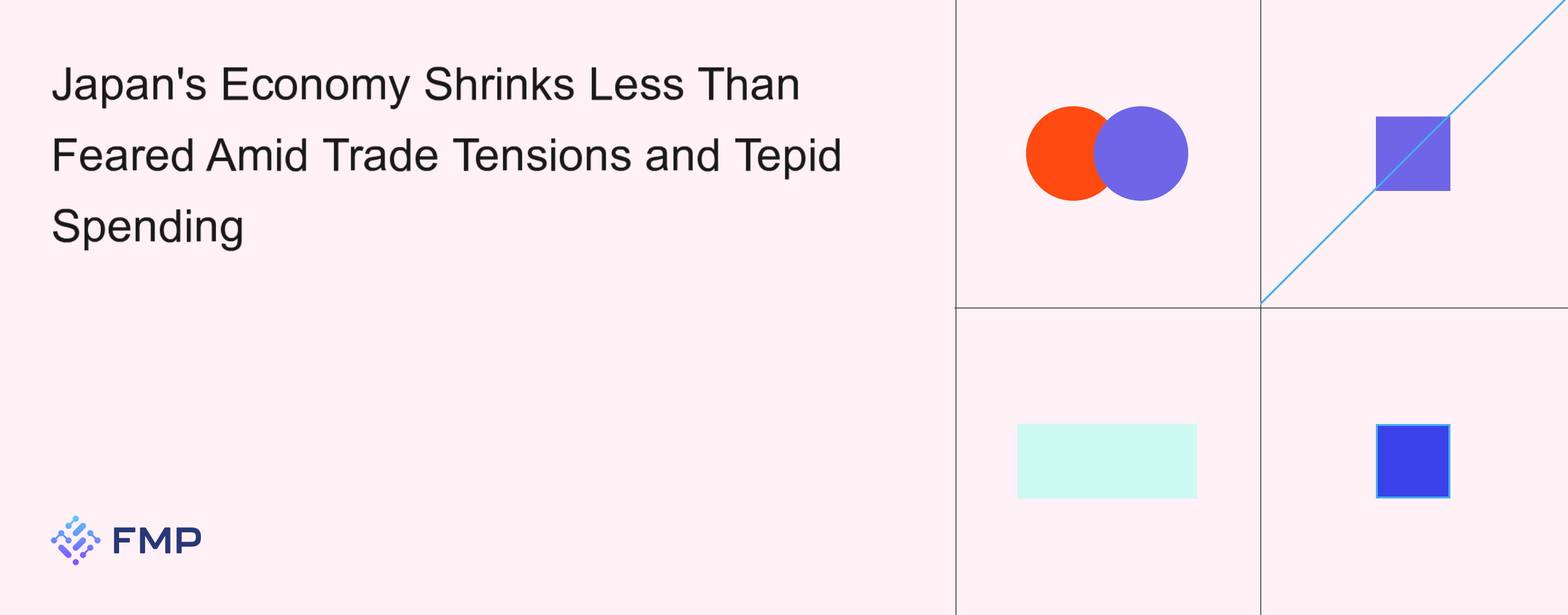
Japan’s economy contracted 0.2% year-on-year in the first quarter of 2025, slightly better than the previously estimated 0.7% drop, as revised government data showed on Monday. However, the modest revision does little to ease concerns about the country’s economic trajectory amid ongoing trade headwinds and soft consumer spending.
Key Takeaways from the Q1 GDP Report
GDP (YoY): -0.2%, revised up from -0.7%
Quarter-on-Quarter Growth: Flat (previously estimated at -0.2%)
Private Consumption: Revised to +0.1% q-o-q from 0.0%
Capital Expenditure: Revised down to +1.1% from +1.4%
External Demand: -0.8%, unchanged from initial estimate
The upward revision was primarily driven by marginal growth in consumer spending, though capital investment and exports remained weak, pointing to fragile domestic momentum.
Trade Frictions Continue to Weigh on Outlook
The contraction in external demand is largely attributed to U.S. tariffs implemented in late Q1, which included:
A 10% blanket tariff on all imports
Targeted levies on automobiles and commodities
With global trade in flux, Japan’s reliance on exports, especially to China and the U.S., has become a growing risk. Trade talks remain ongoing, but immediate relief is unlikely.
Track future economic releases using the Economics Calendar for timely macroeconomic updates across Japan and other key regions.
Implications for Investors and Policymakers
Monetary Policy: Pressure remains on the Bank of Japan to maintain ultra-loose conditions, especially with inflation still below target.
Fiscal Stimulus: Calls for a consumption-linked stimulus package may grow louder.
Market Reaction: Investors will be watching closely for signals from global central banks and any shifts in trade policy.
For sector-specific exposure in Japan amid these macro shifts, explore relevant equity performance using the Sector Historical (Market Overview) API to assess trends by industry during key economic quarters.
Conclusion
While Japan’s Q1 contraction wasn’t as severe as initially feared, the recovery remains fragile. With global trade policy still uncertain and internal demand soft, sustained growth will depend heavily on how quickly both consumer and export confidence can be restored.

